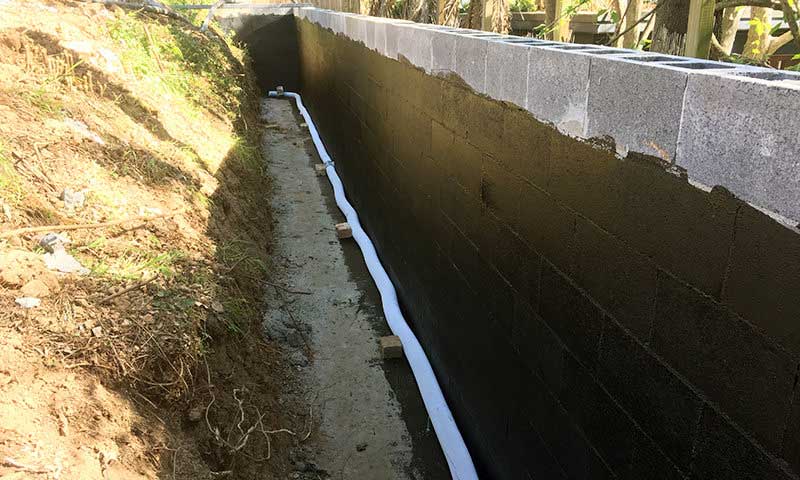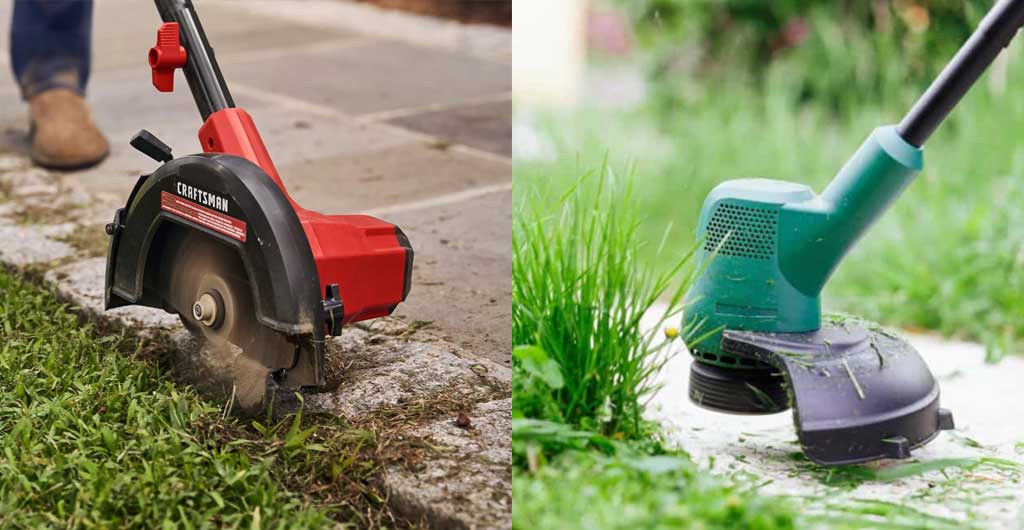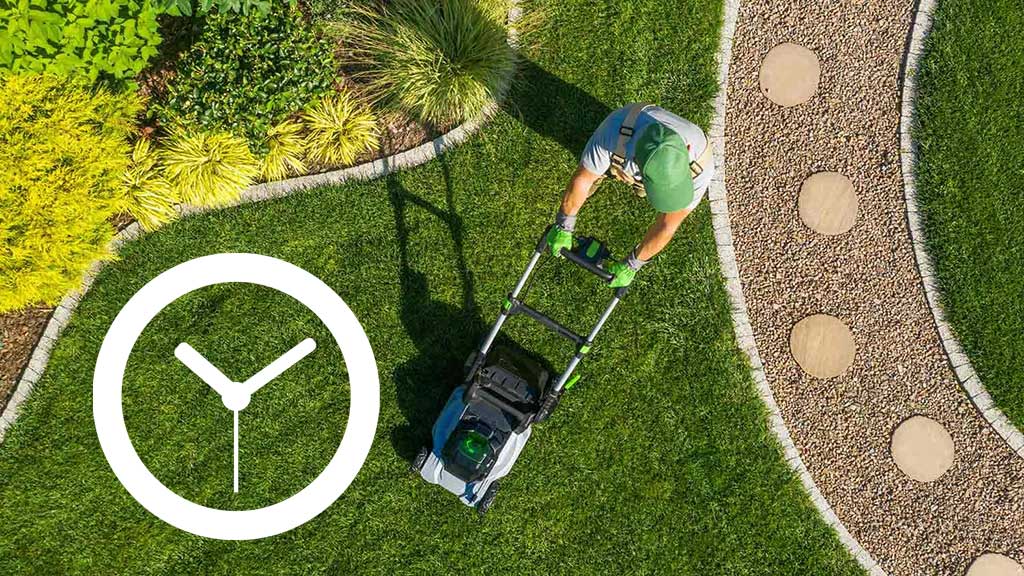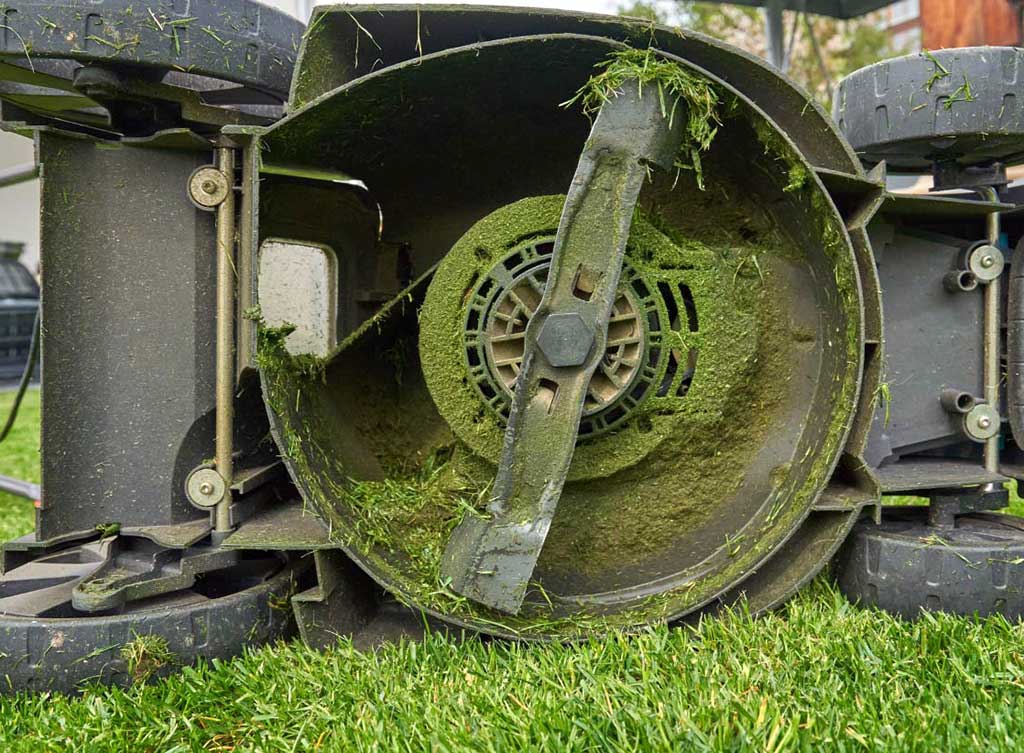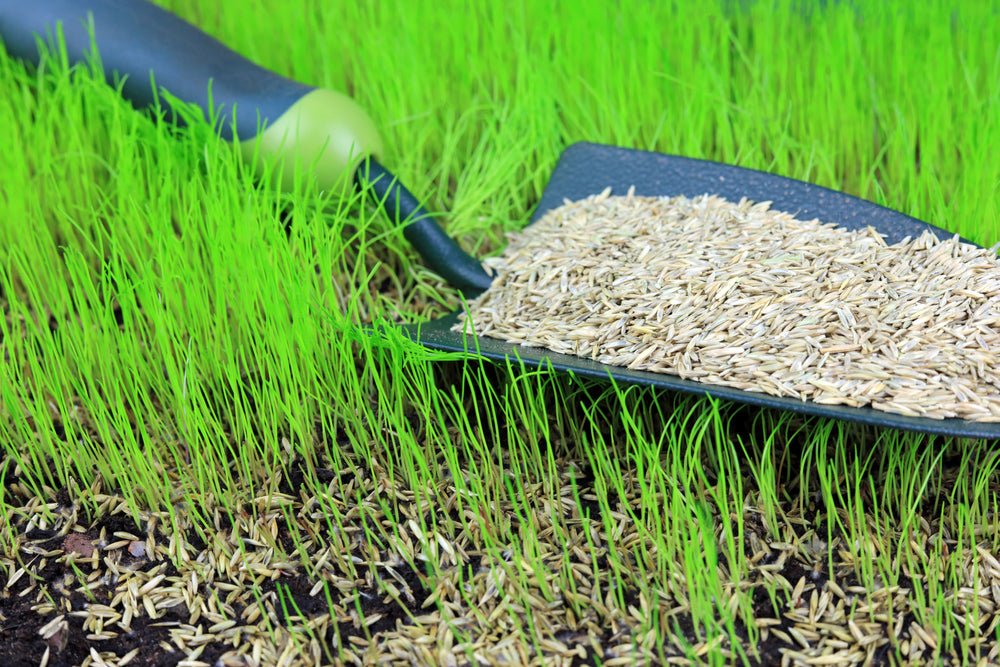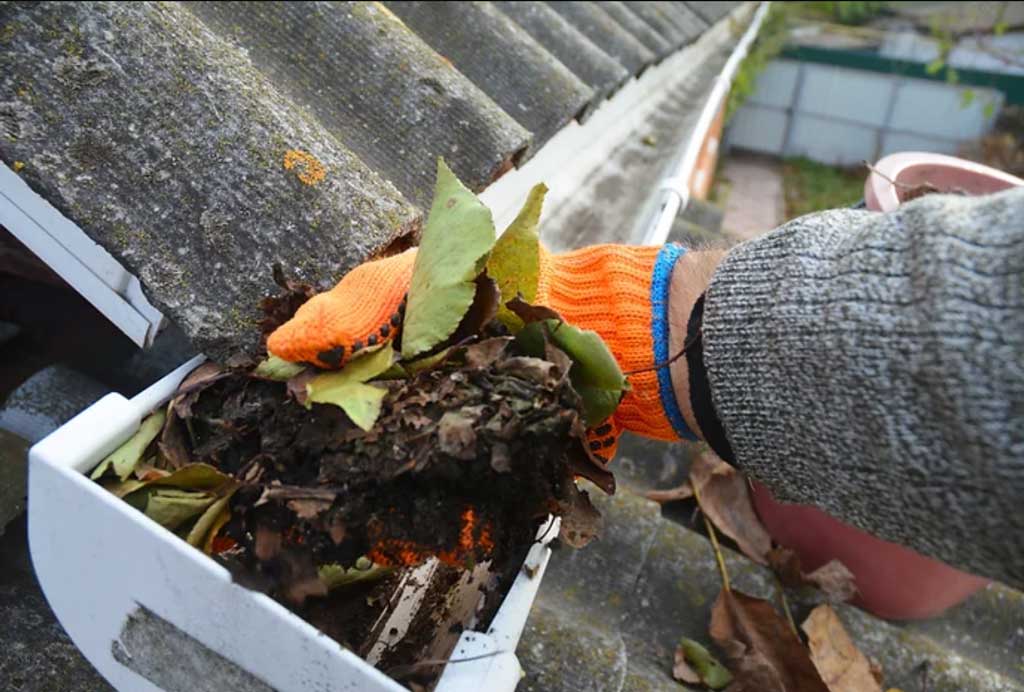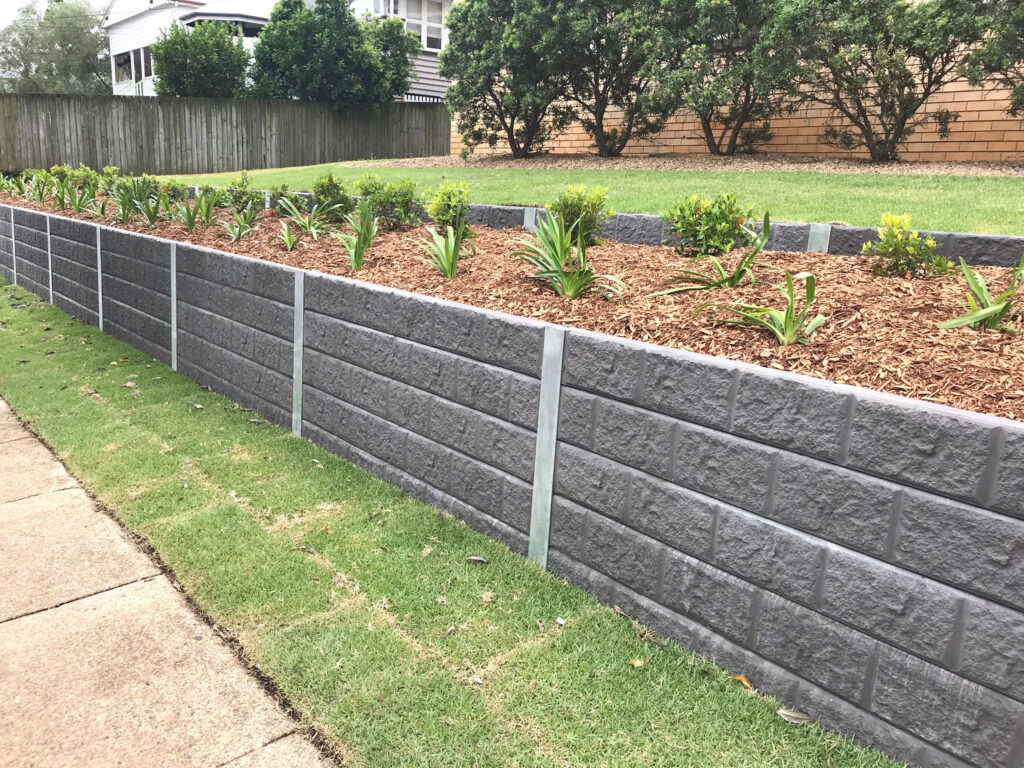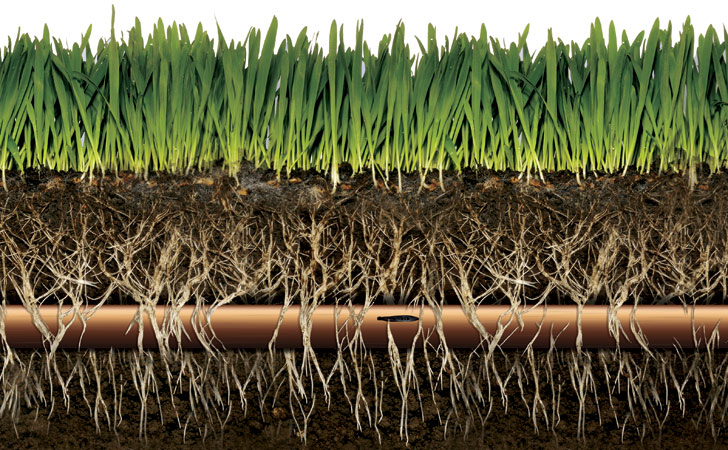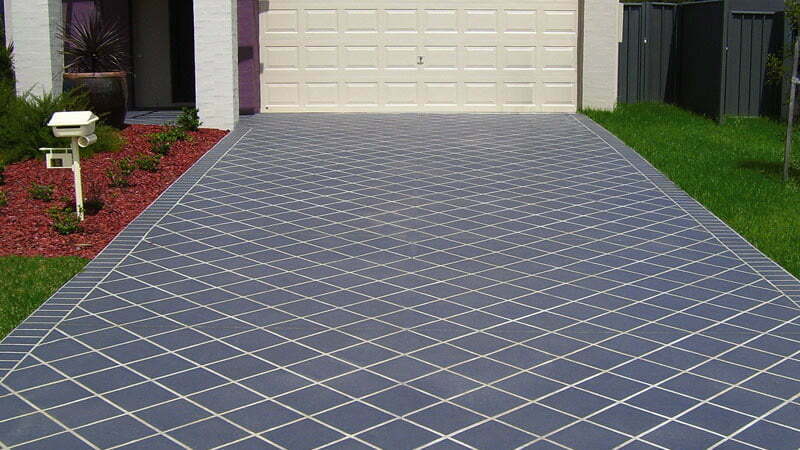As we embark on the journey of understanding the intricacies of building a sturdy and long-lasting retaining wall, we cannot overlook the unsung hero that lies beneath the surface, drainage. Let's delve into the crucial role that proper drainage plays in ensuring the structural integrity and longevity of your retaining walls.
The Silent Menace: Water Damage
Water, seemingly harmless, can become the silent menace that undermines the very foundation of your retaining walls. Without a robust drainage system in place, rainwater and moisture can accumulate behind the wall, exerting excessive pressure on the structure. This can lead to a host of problems, ranging from erosion to soil instability, ultimately compromising the effectiveness of your retaining wall.
The Balancing Act: Hydrostatic Pressure
One of the primary challenges faced by retaining walls is the constant battle against hydrostatic pressure. When water accumulates behind the wall, it exerts hydrostatic pressure, pushing against the structure. Without an efficient drainage system, this pressure can become overwhelming, causing the soil to shift and the wall to bow or even collapse. Proper drainage acts as a balancing act, relieving this pressure and safeguarding the structural integrity of your retaining wall.
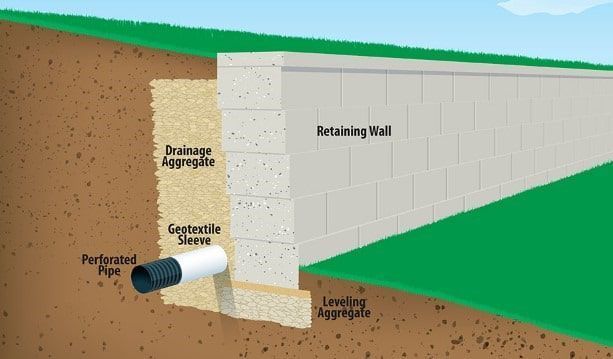
A Breath of Fresh Air: Ventilation Matters
Imagine a room without proper ventilation—the air becomes stale, creating an uncomfortable environment. Similarly, without adequate drainage, the soil behind your retaining wall can become saturated, leading to poor aeration. This not only weakens the soil but also increases the risk of wall failure. A well-designed drainage system allows for proper ventilation, ensuring that the soil remains stable and capable of supporting the load of the wall.
The Downward Spiral: Erosion Control
Erosion is a relentless force that can erode the soil supporting your retaining wall, weakening its foundation. Effective drainage plays a pivotal role in controlling erosion by redirecting water away from the wall and preventing soil loss. Whether through French drains, weep holes, or gravel backfill, the right drainage solution can be your ally in the battle against erosion, preserving the aesthetics and functionality of your retaining wall.
Choosing the Right Drainage Solution
Not all retaining walls are created equal, and the same goes for drainage solutions. Factors such as soil type, wall height, and climate should influence your choice of drainage system. From gravel-filled trenches to perforated pipes, understanding the specific needs of your project is crucial to implementing the most effective drainage solution.
In Summary
While retaining walls stand tall and proud above the ground, their strength lies in the often-overlooked realm below the surface. Proper drainage is the unsung hero that ensures your retaining walls withstand the test of time, weathering the storms both seen and unseen. As you embark on your retaining wall construction journey, remember: what lies beneath is just as important as what meets the eye.
